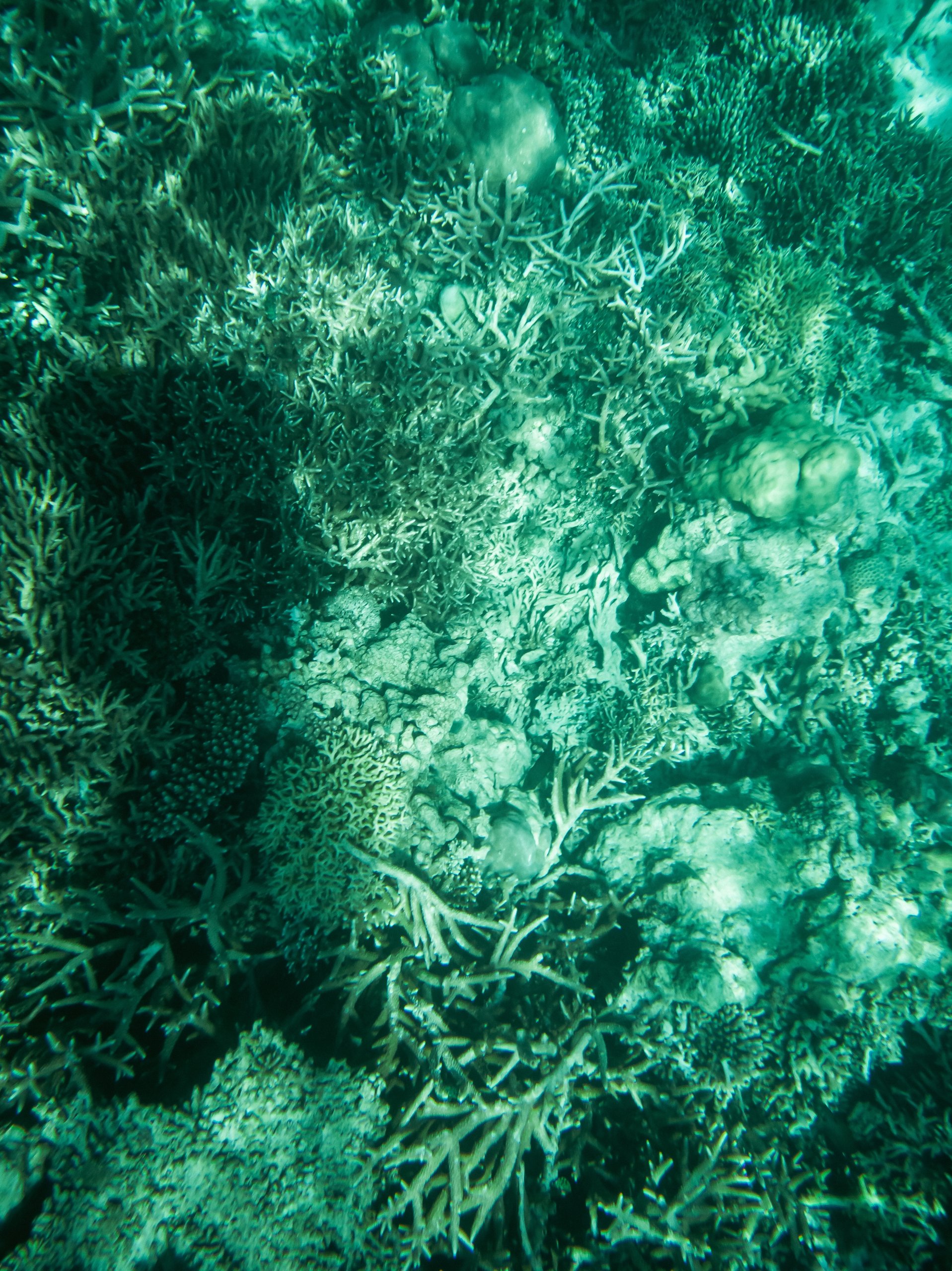Fishing gears that contact the seafloor can impact the structure of the seafloor and disrupt the species that live there (i.e. the benthic habitat). Understanding how these impacts vary over space and time, and how the amount of fishing in that space (known as fishing effort) impacts these habitats is vital to managing fisheries that promote healthy and resilient ecosystems that can support sustainable fisheries.
This report examines how different management strategies might affect fishery impacts on benthic habitats, both with respect to the area impacted and the intensity of the impact. This understanding can support decision making for healthy habitats and productive fisheries – a core principle of Ecosystem-Based Fisheries Management (EBFM) and SEAWise research.

Building on SEAWise’s ongoing research, we examined how different fishery management scenarios may change the Relative Benthic State (RBS). The RBS is calculated by looking at both the intensity of fishing and the proportion of longer-lived species in the habitat’s ecological community under undisturbed conditions, in order to come up with a value for the risk of degradation to that particular habitat. To evaluate the benefits of different effort or spatial restrictions to RBS in an area, the management scenarios examined were as follows:
Model-based assessments were used to investigate how different management scenarios impact the RBS, or the risk of a negative impact to the benthic habitat. In general, the research found that management scenarios that focused on reducing overall fishing effort are more likely to improve benthic habitat health than spatial restrictions.
The spatial restrictions that were tested were based on actual, planned or theoretical MPA placement and across a variety of scales. The models suggested that spatial closures to fishing had little effect on the overall RBS score, especially at larger scales. When potential fishery displacement was taken into account, where areas outside of a closed space are more heavily fished, the models suggested some areas had a poorer status after implementation of the management strategy. This resulted in a stark contrast across large spatial scales with closed areas in good condition and areas outside of a closed fishing space in poor condition.
In contrast, models investigating a slow decrease of overall fishing effort, equally in space, over time showed an overall gradual improvement in RBS score across the area, reducing the risk of negative impacts to the benthic habitat. That said, it is not yet possible to determine how much effort would need to be reduced or how much area needs to be protected to get an optimal RBS score.
While model-based assessments can help improve our understanding, there are other considerations that need to be made when interpreting their results. Firstly, the effect of management scenarios vary based on the scale, habitat and historical fishing pressure – meaning that each fishing area needs to be considered individually. Furthermore, RBS is a risk based indicator, and there is no agreed score at which the habitat is adversely affected. Therefore, the effect of management requires confirmation with benthic state indicators.
In the process of this particular research, difficulties were encountered when testing fishing effort reduction scenarios to the model, on account of mismatches between how different fleets and their activity is defined and converting these reductions on spatial scale. Further work is needed to align different approaches to measuring fishing effort to be able to effectively apply these to different management scenarios.
Read the full report here.
Stay up to date with SEAwise news and research, hear about upcoming events, and receive updates on fisheries news from across the European seascape.